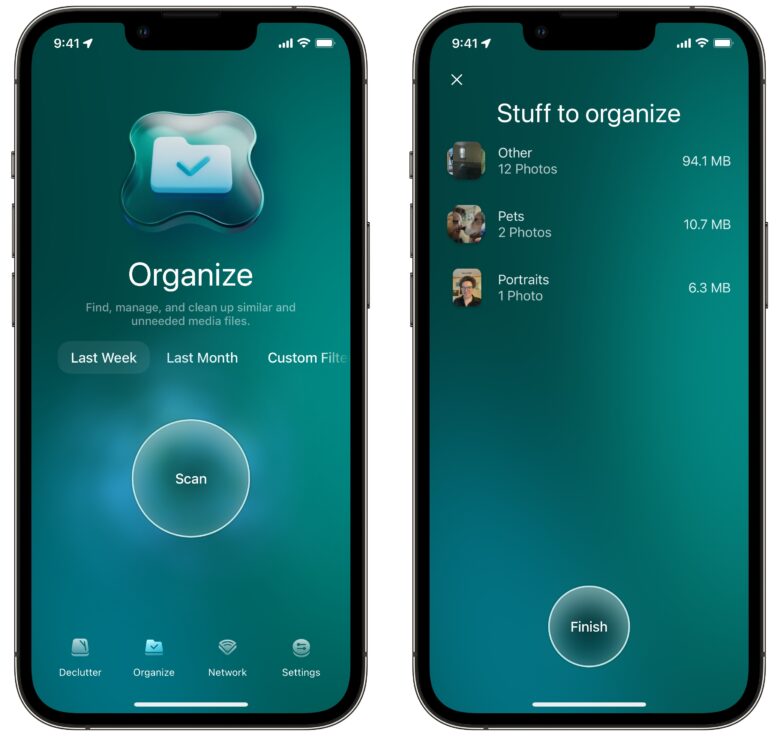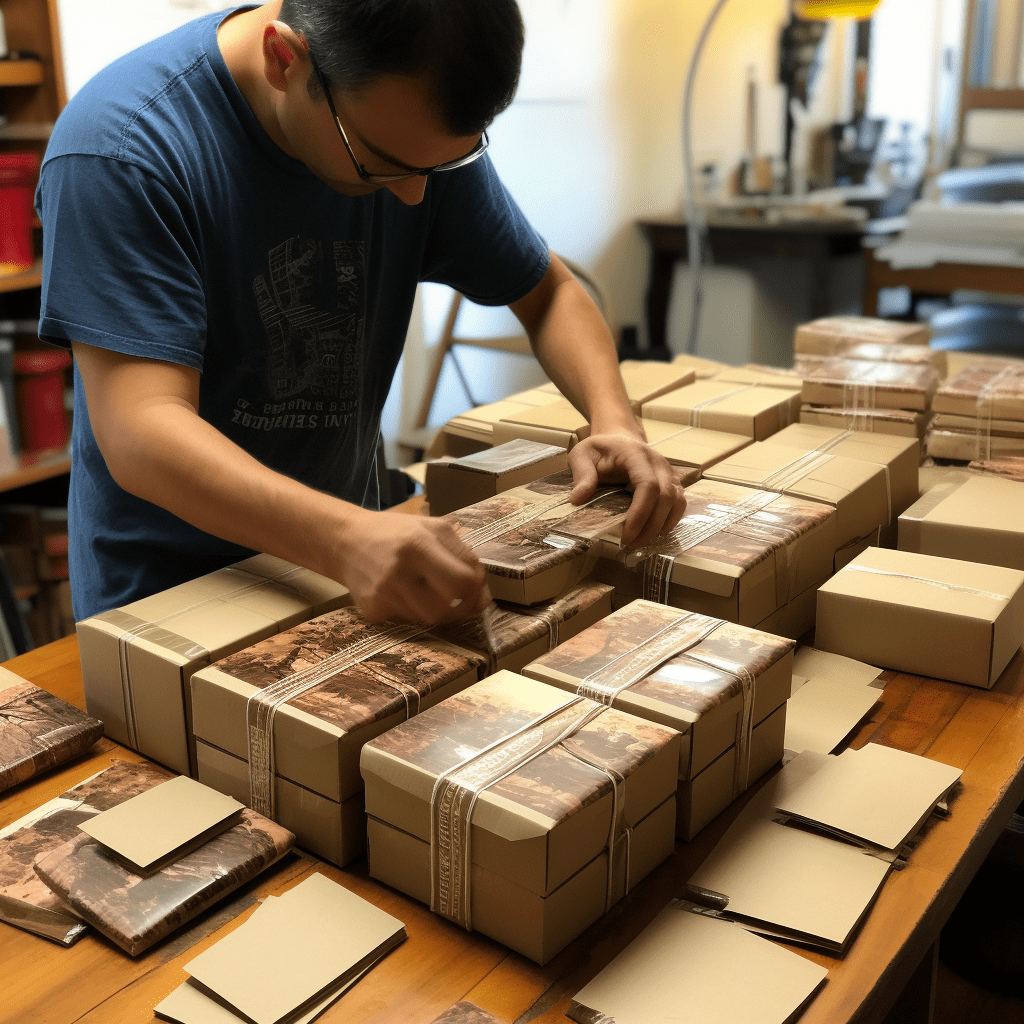[ad_1]

MGM Plus – the streaming service known as EPIX before Amazon completed its takeover of MGM in 2022 – provides viewers with a wealth of entertainment for a very reasonable fee.
Given that Metro-Goldwyn-Mayer, the streaming platform’s namesake, has been around for a 100 years now, film buffs and telly addicts get to enjoy an impressive library of hit movies and TV series both old and new.
There are more than 2000 films to stream, ranging from Oscar-winners such as American Fiction to iconic comedies, Hollywood epics, documentaries, and franchise favorites, alongside recent blockbuster releases (Top Gun: Maverick).
The platform is also home to dozens of binge-worthy shows such as the Emmy-winning Godfather of Harlem.
Unlike a lot of VOD services, MGM Plus doesn’t bother viewers with ads, so members can enjoy on-demand entertainment and four, 24/7 live streaming channels without interruption – making it an very attractive proposition for film and TV fans.
What is MGM Plus?
MGM Plus is a premium linear cable and satellite television network and streaming service. Formerly known as EPIX, it was rebranded as MGM Plus in January 2023. It offers a wide range of movies, classic and contemporary TV series, music specials, documentaries, and four live channels (like MGM Marquee) with 24/7 programming.
How much is MGM Plus?
It costs $6.99 for a monthly subscription to MGM Plus. Alternatively, it’s $58.99 currently for the service’s annual plan, which is billed every 12 months.
Is there an MGM Plus free trial?
Yes! If you’re a first-time subscriber to MGM Plus, then you’re eligible for its 7-day free trial. When the trial period ends, you’ll be billed every month until you decide to cancel.
What’s the cheapest way to get MGM Plus?
You can knock $2 off your monthly bill when you opt for the annual plan through MGM Plus. So, if you like what MGM Plus is selling, you can currently save 30% by paying the annual $58.99 fee once every 12 months (which works out at a reduced rate of $4.92 a month) rather than the monthly $6.99 price tag.
Sling TV is also comparable it terms of cost effectiveness, when adding MGM Plus to that service as a Premium add-on. We’ll explain this in more detail below.
Is MGM Plus only available in the US?
MGM Plus is restricted to US markets-only right now. However, plans have been announced to expand the service into territories in Europe, such as Austria, Germany, Italy, and The Netherlands.
How to watch MGM Plus
There are multiple ways to sign-up for MGM Plus: through your cable or satellite provider; directly to MGM Plus via your web browser; as a Premium add-on through an MVPD platform like Fubo or Sling TV; and via apps on Android tablets, phones and Android TV devices, Apple iOS and Apple TV devices, and Roku and Amazon Fire TV.
Sling TV offers one of the cheapest ways to watch MGM Plus. You’ll need to pick a base Sling Orange or Sling Blue plan (from $20 for the first month, from $40 thereafter) and then add MGM Plus (under Premium channels) for an extra $5 a month. There’s no free trial available, but the Sling TV price is undoubtedly one of the best value out there.
There are free trials available on offerings from Fubo, YouTube TV, Philo, and DirecTV Stream. These tend to range from 5 to 7 days long. Philo offers both great value and a free trial for both the base plan and the MGM Plus add-on. Once each of those 7-day free trials expire, the monthly cost will set you back $25, plus $7 for MGM Plus.
Along with Fubo TV, DirecTV Stream on the more expensive end of the spectrum. You’ll pay $79.99 a month for the entry-level Entertainment package (after your 5-day free trial). MGM Plus and other premium add-ons are complimentary for the first three months after registration, however, and cost $5.99 a month extra thereafter.
Alternatively, you can keep things simple. Subscribe via your Roku, Amazon Fire TV device, or through the app. You can add the service to your Amazon Prime Video, Google or Apple TV accounts too, or sign-up directly through the MGM Plus website. Each route gifts new MGM Plus members a 7-day free trial. Once that trial period ends, subscribers are charged the basic $6.99 per month rate unless they decide to cancel.
Watch MGM Plus from anywhere in the world
Geo-blocking makes it tricky to watch MGM Plus when you’re away from home but you can get round that problem with a VPN. A VPN can make it appear as if you’re in any country you choose.
That means you can watch your streaming service MGM Plus from anywhere, and there’s a great deal currently available with one of the best VPNs around.
What are the best MGM Plus shows?
In Restless Dreams: The Music of Paul Simon is the latest acclaimed series to join the MGM Plus archive. The platform also hosts TV classics alongside exciting original programming, so viewers can enjoy throwbacks Cagney and Lacey and The Outer Limits, alongside MGM Originals like the Emmy-winning Godfather of Harlem, sci-fi thriller Beacon 23, Billy the Kid, and From, the gory, gripping horror series starring Harold Perrineau.
And, if that’s not enough, MGM Plus boasts a number of rock docs, unscripted stand-up shows, and dozens of unmissable movies past and present to suit every mood (The Silence of the Lambs, Mean Girls, Top Gun: Maverick, and Oscar-winner American Fiction, to name a few).
[ad_2]
Source Article Link












